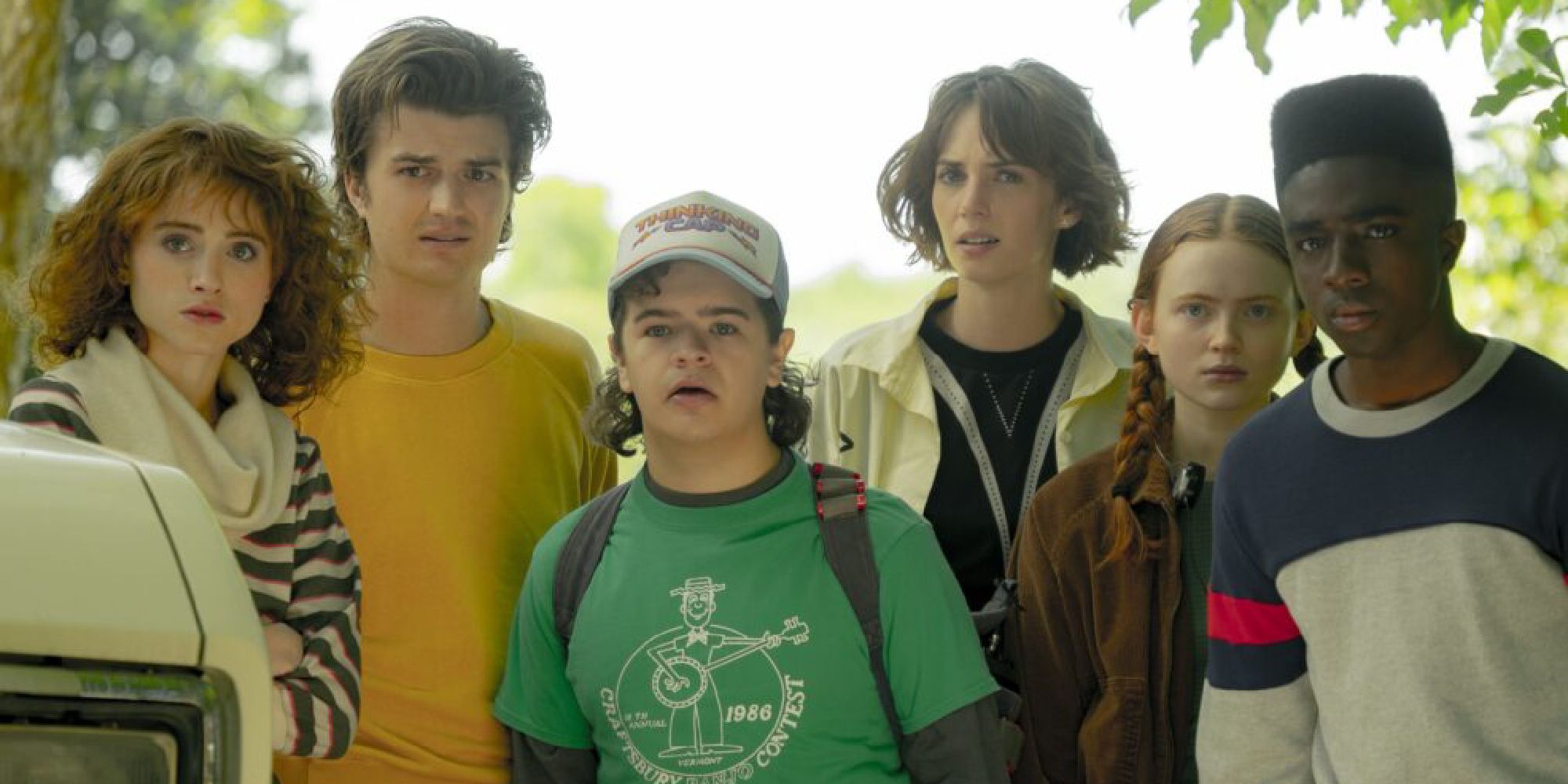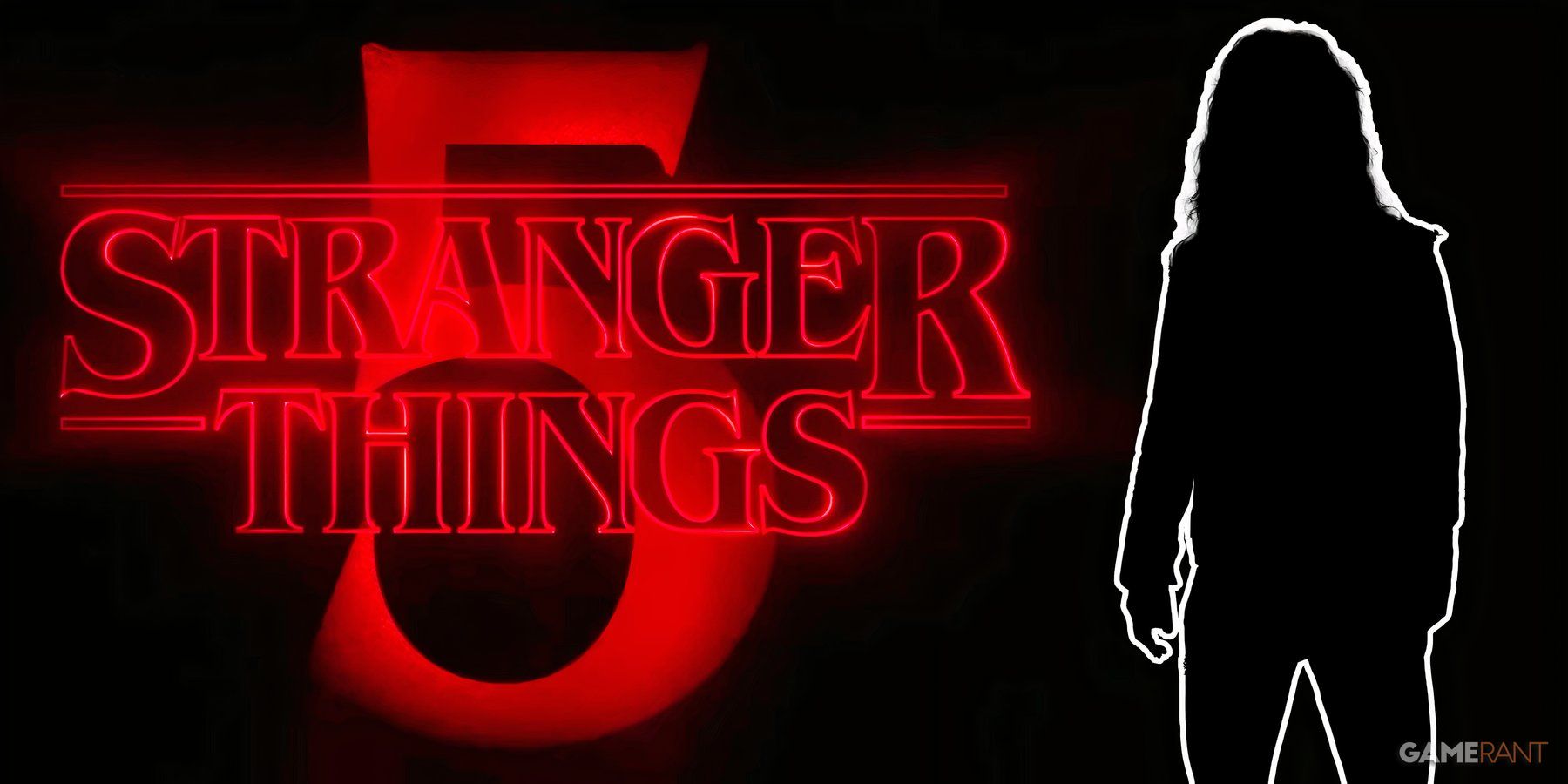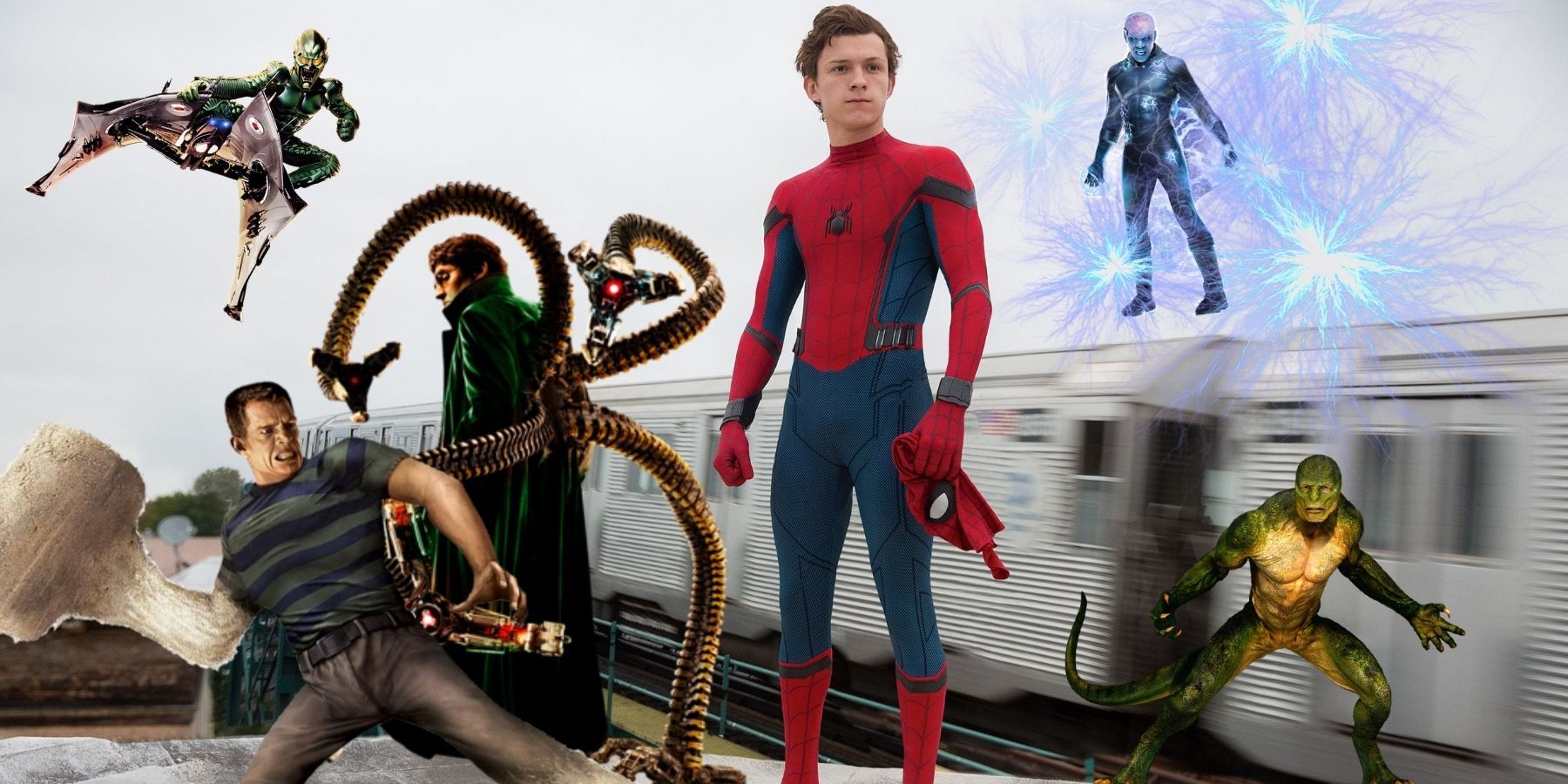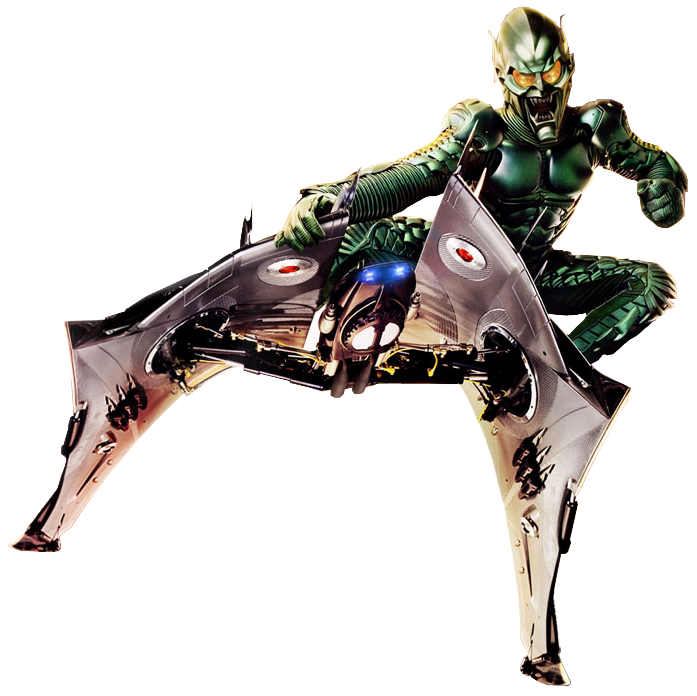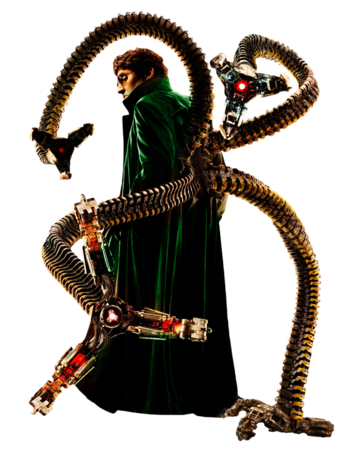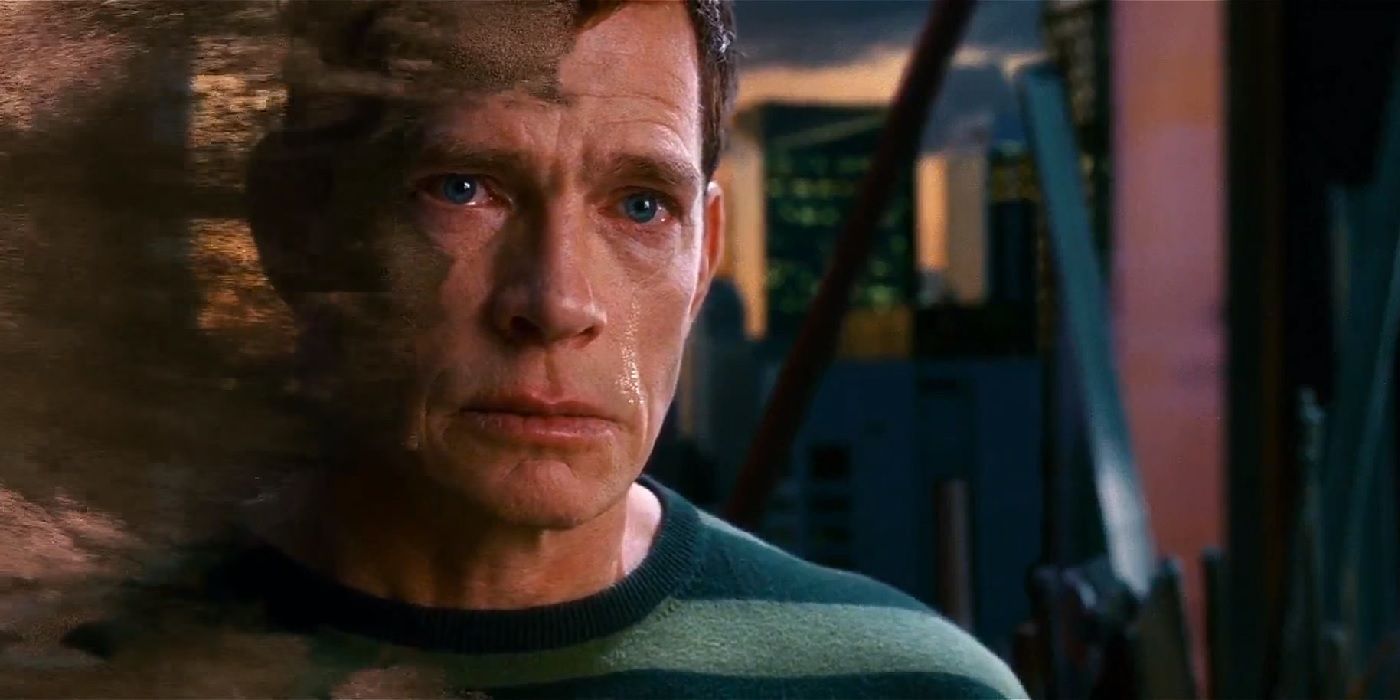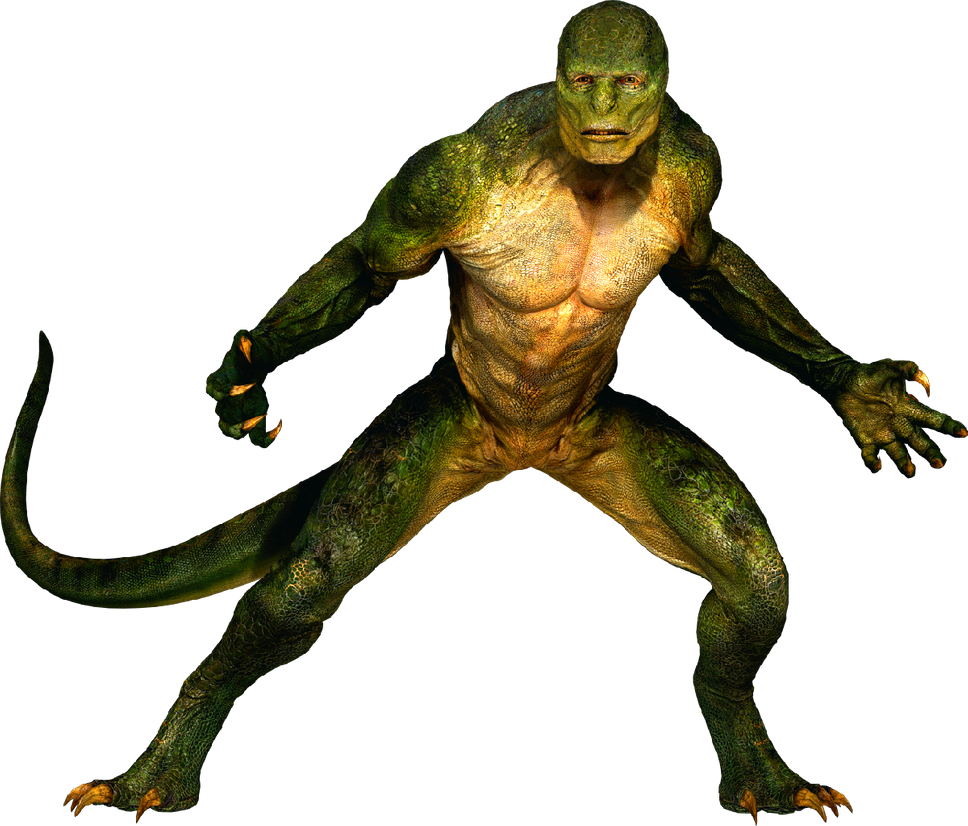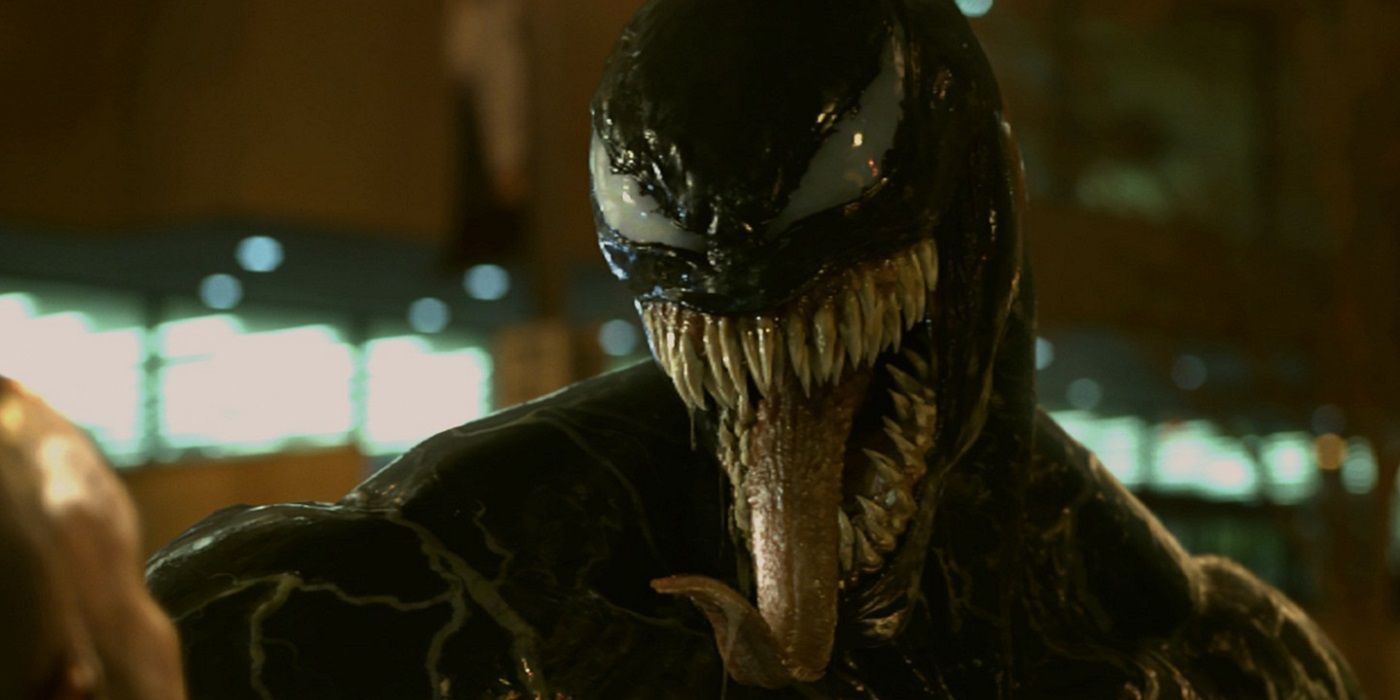Electro is making a Marvel Cinematic Universe comeback after his disappearance following his defeat in The Amazing Spider Man 2. But one question still remains unanswered: How? Will he have an MCU redesign for his costume or personality? Did the journey allow his diastema to stay electrically closed? Ok, that's three questions.
If Electro can come back who has the right to deny the rest of Spider Man's movie foes invitations to Kevin Feige's Resurrection Ball (working title)? Well, Marvel can rest easy, as there are ways to map out exactly how to bring back Spidey's foes. Adding "deleted scenes" to the end of each villain's death, routes exist for everyone to get back into the Spider-Verse.
RELATED: 10 Things Spider-Man Fans Noticed From The Miles Morales Gameplay Trailer
If anyone asks, this is totally (not) canon. Also, this is a spoiler alert for those who haven't watched the previous Spider-Man trilogy or The Amazing Spider-Man films.
Norman Osborne (The Green Goblin) - Spider-Man (2002)
"He was impaled!" they say. "We saw his funeral and subsequent burial!" fans will surely cry out in protest. Willem Dafoe's Green Goblin stands out as one of the best iterations of the character, but there's something nobody caught at the end of Sam Raimi's first Spider-Man. The key to understanding this lies in The Green Goblin's final words, "Godspeed, Spider-Man."
As the glider hurtles toward Peter's back, the audience is led to believe that Norman aims to murder Peter. However, this is not the case. "Godspeed, Spider-Man," is actually a reference to how The Green Goblin plans to escape. Recalling events from earlier in the movie, audiences saw The Green Goblin attack the Oscorp Board of Directors. While it appears that through the use of the Goblin's pumpkin bombs the Board is disintegrated and their actual skeletons are seen reduced to dust, this changes when one entertains the notion that they were actually teleported instead. This particular pumpkin bomb is different from those thrown at Peter later on in the movie, noting specifically the lack of explosion upon detonation: there's just a flash of light followed by their physical forms poofing away.
Keeping this in mind, Norman Osborne's true plan is revealed. He never aimed to kill Spider-Man. Remember that The Green Goblin's glider holds his pumpkin bombs at the front, just above where the blades come out. Norman, unbeknownst to the audience, has named the teleportation effect of his bombs as "Godspeed," essentially accelerating a person's physical form into dust in this world and having them reappear in another universe. This was Norman's greatest trick, and now the truth is revealed.
The glider rushes forward, Spider-Man jumps to dodge it, and the blades as well as two teleporting pumpkin bombs enter Norman Osborne's body. These bombs, however, are set to activate after Norman's funeral. The rest plays out pretty closely to how people remember it, with one exception. As Peter vows to use his great power to be responsible and walks from the grave of his nemesis, the bombs activate, teleporting Norman's body into the MCU.
Otto Octavius (Doctor Octopus) - Spider-Man 2 (2004)
The Doctor Octopus and Peter Parker dynamic was a successfully depicted aspect of Spider-Man 2.Sure, the film saw Peter Parker leave Otto Octavius behind to sacrifice himself and save the city at the end of Spider-Man 2. But what audiences didn't see was the energy ball surrounding the good Doctor and transforming him into an ACTUAL octopus. He then swam into a portal that his energy machine created at the bottom of the ocean. He's been hanging out in the waters surrounding New York for some time now, watching and waiting.
Marvel is known for its twists on audience expectations, especially when it comes to villains. How would a live-action octopus work in the MCU? Ask Marvel, they just brought an octopus man back to life for crying out loud, the least they could do is take responsibility for the sentient life form. If they can string together 30 movies' worth of continuity and keep things coherent, then the inclusion of cephalopods should be a cake walk.
Flint Marko (Sandman) - Spider-Man 3 (2007)
Get ready, because this next one might make logical sense. The end of Spider-Man 3 sees the Sandman separating into grains of sand and floating off to who knows where. The ending leaves audiences to assume that as a wanted man, Marko probably won't ever be able to obtain the money needed to save his daughter with the treatment she needs.
But who said that Marko has to save this daughter? This is a multi-verse after all, which means different versions of Marko's daughter exist. This opens the potential for one of these versions of his daughter to live in a universe where Marko has not yet been convicted of any crimes. Lastly, Sandman from Spider-Man 3 obtains his powers by falling into an experimental particle accelerator. This makes the path to bring him back the least outlandish.
Flint Marko, having learned the error of his ways and abandoning his fight against Spider-Man decides to return to the machine that gave him his newfound abilities. Believing he will either be cured or killed upon re-entering the particle accelerator, he pushes the system to max settings and begins to make all of his own sand particles fly around the room at top speed. This opens a portal Chrono Trigger-style and Sandman shoots right through, losing consciousness. Upon awakening in the MCU, Marco eventually realizes this world is separate from his own with no record of his past crimes. Ultimately, it's not the most outlandish aspect Marvel could include in a Sandman story and this gives him newfound resolve to save his daughter and continue on.
Dr. Curt Connors (The Lizard) - The Amazing Spider-Man (2012)
Now comes the first example of a Spider-Man villain pulling the long con. Those who actually remember The Amazing Spider-Man will undoubtedly recall that Curt Connors is alive, albeit locked up for his crimes at the end of the movie, after trying to turn the entirety of New York into his personal Lizard Squad (no affiliation). However, what viewers didn't see during the final showdown of that movie was The Lizard chopping off his own arm and growing a second Lizard from it. This Lizard was a clone that escaped into the night, biding his time for a sequel in any form where he could be needed again.
The second Lizard eventually became a second Curt Connors, though this Connors knew he could not reveal himself due to the original Connors' status as a prisoner. He lives on the streets simply watching for future Spider-Man-related events. This is where the plot twist comes in: "Clone-Connors" watched Electro vanish and realized there was a way to escape from his current reality. From there he secretly built a device that allowed him to follow Electro to the MCU and potentially greater box office success.
The Venom Variable: Topher Grace vs. Tom Hardy
Some readers may have noticed the absence of a particular symbiote on this list. While it would certainly get everyone into Topher's good "Graces" to bring his character back in a more "Hardy" role (get it?) it seems more likely that the MCU would find a way to incorporate the more recent crack at the character from Sony in light of their recent deal. But just like Venom's famous turd in the wind line, so long as Marvel is game, fans can keep their hopes rolling onward.
The next Spider-Man film is scheduled to finish filming sometime in 2021.

